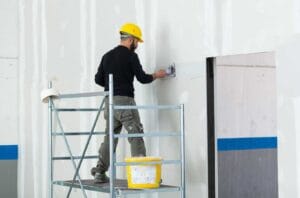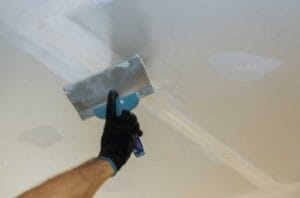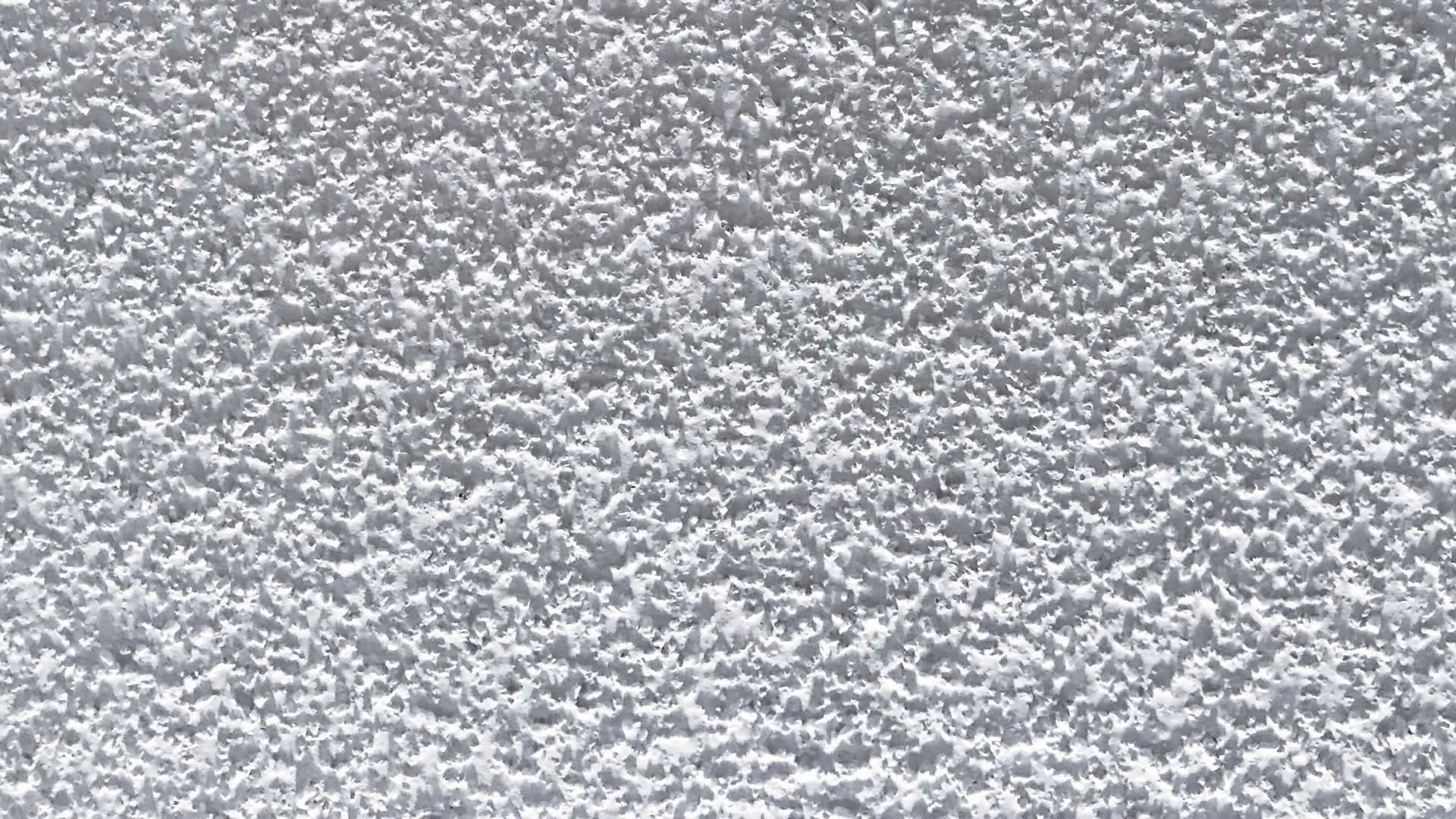Before we had drywall, a material called plaster was the go-to construction option for covering walls and ceilings in buildings.
It offered homebuilders a way to create beautiful interior design as well as durable outdoor walls. With the invention of drywall, plaster use fell for several decades.
But recently, plaster has come back into the spotlight thanks to its many advantages. We’ve seen plaster work for new homes, businesses, and all sorts of remodel jobs.
Here are some of the top advantages that we love about plaster.
Durability
 Plaster was designed to last for centuries, which makes it far more durable than the more modern drywall.
Plaster was designed to last for centuries, which makes it far more durable than the more modern drywall.
Many historic homes still have the original plaster, and it is still in fantastic condition without any special maintenance being required.
If drywall is hit by furniture or a hammer too hard, it can easily crumble and get holes. It also easily succumbs to water and fire damage.
On the other hand, plaster dries to an extremely hard surface that is not easy to damage. It is fire resistant, and does not have as many problems with water damage.
Plaster can develop small stress cracks over time, but this is typically due to improper installation, and can be avoided by having a professional install the plaster in the first place.
Plaster’s durability makes it ideal for public-use buildings that need to be in place for decades or even centuries, such as libraries, government buildings, or university buildings.
Artistry
Drywall is simply a flat surface to cover a wall frame with. It allows you to paint or apply wallpaper, sure, but there’s nothing else about it that is remarkable.
If you want to create unique architectural details, you’ll need to build them atop the drywall with other construction materials.
Plaster, on the other hand, is a pliable material that can be molded into many shapes and designs.
Professionals with experience in plaster are more like master craftsmen than construction workers, carefully creating beautiful details and styles that can match many different aesthetics.
Plaster was used to create many of the lovely details that Victorian houses are known for, for example, but can also be used for contemporary remodels.
Plaster is applied wet, so it is much easier to get into small spaces and uniquely shaped spaces, as well.
Acoustics
 The acoustics of plaster are much different than the acoustics of drywall. Many musicians and recording artists have reported that playing or recording in a room that is plastered results in a much richer sound.
The acoustics of plaster are much different than the acoustics of drywall. Many musicians and recording artists have reported that playing or recording in a room that is plastered results in a much richer sound.
Plaster tends to be more soundproof as well, so it is ideal for things like a movie theater or a club where music will be played loudly.
The reason for this is that plaster is a more solid material with more mass, so it absorbs sounds much better.
It is also more tightly bonded to the wall frame as opposed to drywall, so there is less air behind the wall covering. That also helps reduce sound leaking, as well as adds to the material’s fire-resistant characteristic.
Having good acoustics and sound proofing could be useful in many locations, including restaurants, doctor’s offices, noisy warehouses, and more.
Versatility
Plaster is the perfect material for remodels because it is extremely versatile.
It can be used to match the texture and appearance of other materials, including drywall.
If you love the features that plaster offers, but you want your remodel to match the existing material of your building, it can be made to look seamless.
Plaster can be used on just about any architectural element you can name. From fireplaces to decorative vents, ceiling tiles to archways, plaster is the perfect material for creating the perfect finish.
It allows any home owner or building owner to get a custom look for any detail inside, and many details outside as well. That makes it ideal for luxury spaces, like restaurants or boutique stores, as well as for homes, where homeowners want their own style to be uniquely reflected.
Cleanliness and Speed of Installation
 Finally, plaster is much cleaner when it is being installed.
Finally, plaster is much cleaner when it is being installed.
Drywall must be cut to fit in the unique shape of any space, and because of the material, it leaves a fine dust all over that can settle and be hard to clean up.
Plaster is applied wet over a product called “blueboard”, and then dries to the space where it is applied.
That means there is no dust, and no mess. It doesn’t have to be sanded after application like drywall, which again reduces dust and mess after the installation.
Overall, with the lack of sanding and lack of cleanup necessary, plaster is actually faster and more efficient to apply to a space than drywall is to install.
Plaster is not necessarily a DIY-friendly product the way drywall can be, except for very basic uses – but hiring a professional to apply plaster does mean that you can customize the space with your unique style, thanks to plaster’s ability to be molded into anything you desire.
No Job Is Too Small
For all of these benefits, we believe that plaster is a fantastic option for any remodel or new construction where a specific style is desired.
One thing that we have come across before is the misconception that some jobs are just not worth hiring out. When it comes to the artistry of properly installed plaster, no job is too small.
Even a tiny little patch of plaster can be installed in a way that adds charming detail to a home. And even if you simply want a basic, smooth wall, having a pro install the plaster ensures that you won’t be facing the issue of stress cracks any time soon.
We never turn down small jobs, and encourage anyone to reach out to us for help creating their ideal space with this material. If you are interested in the advantages of plaster for a remodel or new construction, call us at 857.251.5496.





